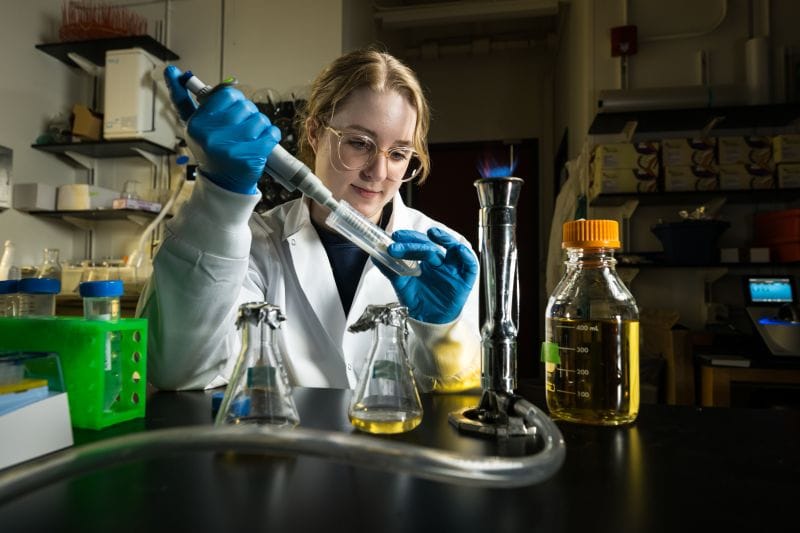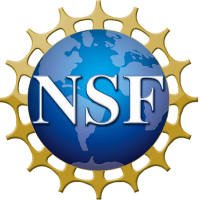RSS feed source: National Science Foundation
A team of researchers supported by the U.S. National Science Foundation has successfully made self-growing microlenses using bacteria and enzymes found in sea sponges. Because the microlenses are created by bacterial cell factories that function at standard temperatures and pressures, they are less expensive to produce — and they are exceptional at focusing light into very bright beams. The microlenses could allow for higher-resolution image sensors that go beyond current capabilities, potentially allowing doctors to more clearly see tiny structures inside cells.
In nature, sea sponges mineralize silica-based glass at a cellular level to create their intricate and strong glass skeletons. The researchers replicated that mechanism in a lab setting. Their research was published in Proceedings of the National Academy of Sciences
“This research is the first to engineer light-focusing properties into bacteria cells, and I am excited to explore the different possibilities that our work has opened up,” says one of the study’s authors and University of Rochester researcher Anne S. Meyer.
RSS feed source: National Science Foundation
CDC is aware of the second measles death in Texas, and our thoughts are with the family.
Click this link to continue reading the article on the source website.
RSS feed source: National Science Foundation
NSF Financial Assistance awards (grants and cooperative agreements) made on or after October 1, 2024, will be subject to the applicable set of award conditions, dated October 1, 2024, available on the NSF website. These terms and conditions are consistent with the revised guidance specified in the OMB Guidance for Federal Financial Assistance published in the Federal Register on April 22, 2024.
Click this link to continue reading the article on the source website.
RSS feed source: National Science Foundation
Rumors of the ongoing death of software development — that it’s being slain by AI — are greatly exaggerated. In reality, software development is at a fork in the road: embracing the (currently) far-off notion of fully automated software development or acknowledging the work of a software developer is much more than just writing lines of code.
The decision the industry makes could have significant long-term consequences. Increasing complacency around AI-generated code and a shift to what has been termed “vibe coding” — where code is generated through natural language prompts until the results seem to work — will lead to code that’s more error-strewn, more expensive to run and harder to change in the future. And, if the devaluation of software development skills continues, we may even lack a workforce with the skills and knowledge to fix things down the line.
This
Click this link to continue reading the article on the source website.



